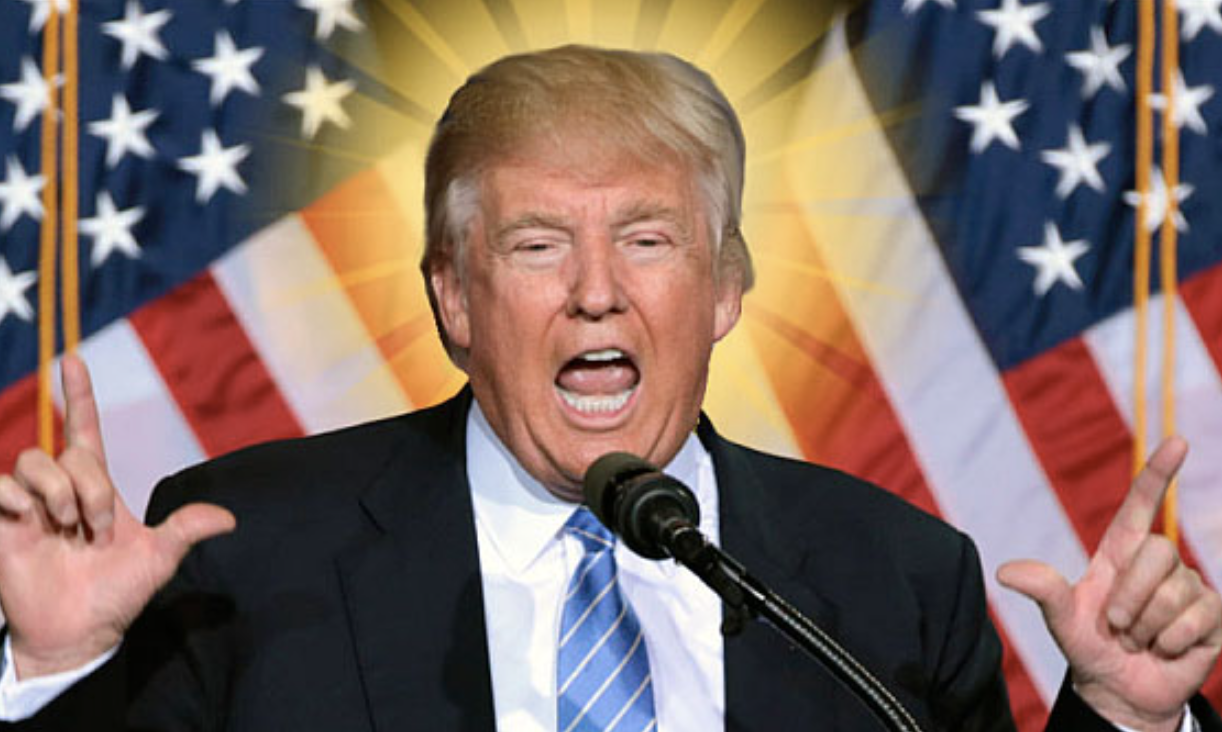Too often in the mainstream press there is a tendency for newsrooms to parrot the taking points of progressive activists. It’s due to a number of factors.
One is the type of schools most present-day journalists attend. The other is that they mostly grew up, live and work in blue zip codes along the New York-DC Acela corridor. Those values often come into direct conflict with reality, and that’s when journalism often fails to report facts and context that matter to news coverage. And always remember this GetReligion theme — politics is “real.” Religion? Not so much.
This brings us to the national news story regarding House Speaker Nancy Pelosi being banned by San Francisco Archbishop Salvatore Cordileone from taking Holy Communion because of her continued support — in words and deeds — for abortion rights.
The ensuing coverage, depending on what sources you read, spanned from very good (especially in Catholic news sources such as America magazine and The Pillar) to baffling and very poor.
These last two traits were mostly found in mainstream secular outlets where the focus was predominantly on politics rather than religion. It also highlighted the blind spots of today’s journalists, where a lack of religion knowledge — or even understanding that religious voices need to be included in their coverage — was on full display in the Pelosi-Holy Communion story.
As a result, some of the news coverage surrounding Pelosi and the archbishop denying her the Eucharist openly attempted to rewrite Catholic doctrine on this issue. Since most news coverage has a good guy-bad guy quality to it, omitting what the church teaches on this particular issue helped cast the California Democrat as the aggrieved party and Cordileone as a MAGA-loving prelate (who does not deserve the red hat of a cardinal).
It really didn’t matter whether it was a news story, editorial or opinion piece — centuries of Catholic doctrine on who should receive the Eucharist and the authority of a bishop was swept to the side.
The San Francisco Examiner, in a May 23 editorial, called for Pope Francis to replace Cordelione.










